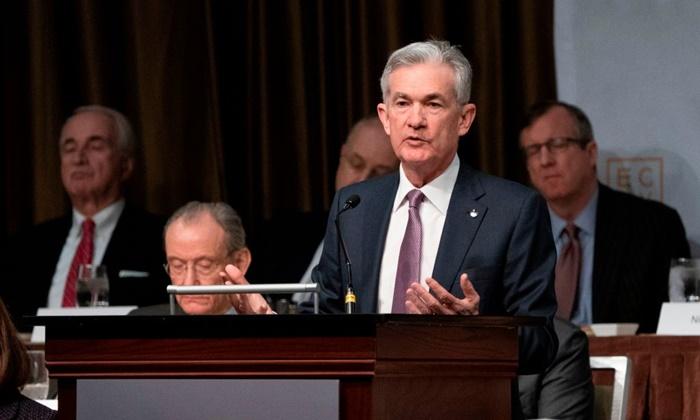WASHINGTON—Tariff-driven price increases have spread more broadly through the U.S. economy, though on balance inflation has risen at a modest pace in most parts of the country, the Federal Reserve said on Dec. 5 in its latest report on the economy.
The U.S. central bank’s “Beige Book” report, a snapshot of the economy gleaned from discussions with business contacts in the Fed’s 12 districts in the weeks through November 26, also said that the economy appeared to be growing modestly to moderately. Labor markets tightened across a broad range of industries, and wage growth “tended to the higher side of a modest to moderate pace.”
The dollar held onto slim gains after the report was released.
The Fed is widely expected to raise interest rates at the close of its Dec. 18-19 policy meeting. Policymakers have said the United States’ strong economy could stoke higher inflation if they do not raise borrowing costs further.
At the same time, Fed Chairman Jerome Powell has signaled the Fed’s three-year tightening cycle is drawing to a close and central bankers are looking for signs a global growth slowdown and a U.S.-China trade war might be weighing on the U.S. economy.
“Reports of tariff-induced cost increases have spread more broadly from manufacturers and contractors to retailers and restaurants,” the Fed said in its report on Dec. 5.
President Donald Trump has slapped tariffs on hundreds of Chinese imports, prompting retaliation against U.S. exports.
The Fed said incomes and conditions in the agricultural sector, which has born the brunt of Chinese retaliatory tariffs, were “mixed,” hit by tariffs and excessive rainfall.
It said that on balance, consumer spending held steady.






Friends Read Free